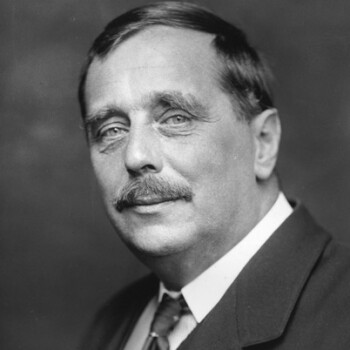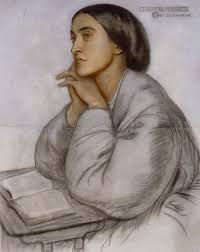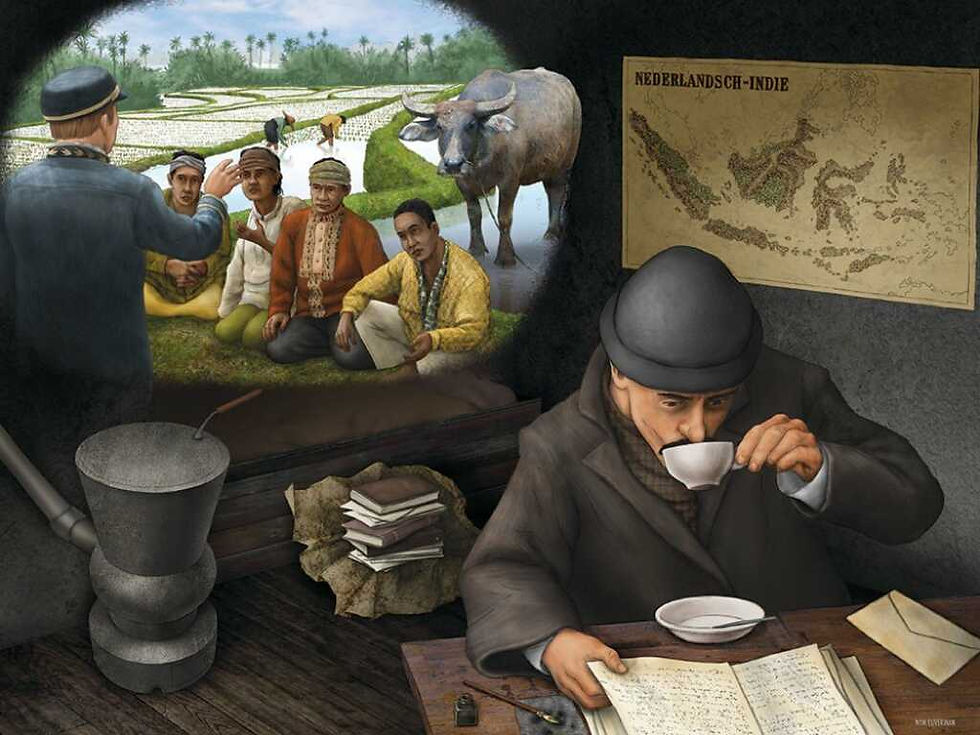Nature in The Lord of the Rings: Tolkien’s Secret Hero Part 1: The Fellowship of the Ring
- liammagin133
- Sep 11
- 7 min read
Updated: Sep 16
The Lord of the Rings is undoubtedly one of the most influential sagas of the last century and, thanks to filming adaptations, keeps attracting new readers more than five decades after its publication. If J.R.R. Tolkien’s narrative is often celebrated for its adventurous plot or its elaborated cartography, many readers also praise Sam and Frodo’s captivating journey. Of course, these elements are quintessential to the novels, but another aspect often stays under the radar: Nature. Yet, as shall be demonstrated, Nature plays a major, and even determining, role in the development of the whole narrative. To explore this theme, a series of three essays will be dedicated to it: one for each book (The Fellowship of the Ring, The Two Towers and The Return of the King). This article therefore focuses on the analysis of The Fellowship of the Ring and how, in the book, looking at Nature’s role in details enables one to better understand the protagonists’ journey to Mordor. Indeed, the agency Natural forces have over the fellowship’s quest, suggests both a necessity to rely on and protect Mother Nature. Moreover, analysing the relationship between light and obscurity in the narrative underscores how nature helps the reader to better understand the events of the book, highlighting nature’s importance in the reader’s own world. But before delving into the analysis, each essay first provides a summary of each book’s key events, starting with one about Tolkien’s first part of Lord of the Rings.
(Here is a pdf version of the article):
The Fellowship of the Ring begins with Bilbo the hobbit’s 111th birthday party. Following Gandalf’s advice, Bilbo reluctantly gives a magical ring he owns to his cousin Frodo. If the wizard Gandalf urged Bilbo to leave it, it is because he identified it as “The One Ring”, forged by the Dark Lord Sauron to dominate the Middle Earth. Consequently, Gandalf orders that the Ring must be taken away from the Shire, where the hobbits live. To save his region from upcoming dangers, Frodo forms a group to accompany him on his journey. He chooses fellow hobbits Sam, Pippin and Merry. After escaping the terrifying Ringwraiths in the Old Forest and being rescued by Tom Bombadil, they encounter a certain Strider, who is in fact Aragorn the heir of an ancient king. Now guided by Aragorn, they head towards Rivendell where Frodo heals after being injured by a Ringwraith. There, a council is held and a decision about the ring is taken: it must be brought to Mount Doom. To complete such mission, the Fellowship of the Ring is formed. The fellowship includes the hobbits, Aragorn, Gandalf, Legolas the elf, Gimli the dwarf and Boromir of Gondor. On their way, they arrive at the mines of Moria where Gandalf sacrifices himself fighting with a Balrog. Still grieving the wizard’s death, the others continue their journey to Lothlorien where Lady Galadriel offers them her help and wisdom. However, they are followed by Gollum, the ring’s former possessor, during all their trip, but the creature remains hidden all the time. After leaving Lotholrien, they arrive at the falls of Rauros where they stop to decide the route they will take. They must either go through the dangerous region of Mordor or head towards the safer part, Minias Tirith. Unfortunately, before taking any decision, Boromir confronts Frodo as the man of Gondor cannot resist his desire to obtain the ring. Frodo manages to repulse him and eventually decides to go alone through Mordor in order not to endanger his companions. Nevertheless, Sam categorically refuses to let Frodo go alone, forcing the ring bearer to be accompanied during his ultimate journey.

When their journey first pushes them to leave the Shire, Frodo and Sam immediately rely on nature to survive, exemplifying the agency natural forces have over the Hobbits and stressing the importance to destroy the ring. As the instances of pathetic fallacy show, there is a real connection between the Hobbits and their environment. For example, the evidently alive Old Forest is “foggy” (110), “dark[,] and damp” (111) which mirrors their dark mood. They are “depressed” and have “a heavy weight” on their heart which, like fog precludes from “seeing much in other directions”, precludes them from doing anything but “regret” (114) having chosen that path. Interestingly, this connection enables them to rely on nature throughout their quest. When Gandalf urges Frodo to leave his native Shire, the hobbit knows that “[w]hen Autumn comes, […] his heart [will] think more kindly of journeying” (65). Evidently, this highlights Frodo’s reliance on the cycle of seasons, on nature’s perfect timing, and shows nature as a guiding force. Moreover, nature clearly influences his mood. If he is first troubled by future dangers, “the fine weather” often makes “his uneasiness [wear] off” (67). In the same vein, Frodo and Sam’s “feeling of disquiet” leaves them as “the stars gr[ow] thicker and brighter” (77), also foreshadowing the hobbits’ spiritual growth. Furthermore, Sam relies on “dry leaves” and water that Aragorn gathered on Weathertop to heal a wound received during the fellowship’s encounters with Orcs in Moria (335), underscoring that both their mental and physical recovery relies on nature (in a similar fashion to what I discussed about Spenser’s The Faerie Queene in my article on Nature in early modern England). Again, Frodo’s survival to the normally mortal wound he receives from a Nazgul shows that his strength is, among others, to be derived from his connection with nature. However, regardless of how helpful it is, as Goldberry says, “all things growing (…) in the land belong each to themselves” (125). “The Shire is not [theirs]” (82) and nature can protect, but also attack as their attempt at burning the Old Forest is punished by the trees who “squeeze” (121) Merry (as the second essay shall explore, the non-human other often defends itself in Tolkien's saga). Nevertheless, there is a more dangerous antagonist than the angry Hobbits for Nature: the one ring, a symbol for anthropocentric industrialisation (this topic will be further developed in the second essay). Indeed, Sauron’s quest for it fills Orthanc, a place once “green and fair” with “pits and forges” (260) and Saruman later brings the industrial atmosphere of Isengard (Ağlar 67) to the abundant nature of Shire. This is why the one ring must be destroyed, not only because its use would limit the whole of Middle Earth’s freedom, but also because the quest for it is a synonym of the destruction of nature, a healing and guiding force. By presenting two central protagonists of the narrative as overly relying on nature, The Fellowship of The Ring, as the first of a trilogy, establishes the major reason behind the destruction of the ring: the protection of nature.
Not only does the natural world help the protagonists in their journey but it also enhances the reader’s understanding of the book. Indeed, an ecocritical reading of Fellowship of the Ring reveals Tolkien’s use of the natural light motif to foreshadow key events, which directly confronts the reader with nature’s agency. As the hobbits embark on their journey, “[t]he [night] sky [is] clear and the stars are growing bright” (69), creating a contrast that foreshadows the mix of joyful and troubling moments that they go through. Later, their encounter with Nazguls, “black riders”, once again serves the same purpose. Their apparent darkness reflects the danger they represent as servants of Sauron. When the four hobbits arrive at Barliman Butterbur’s inn, to spend a night there, a contrast between light and obscurity can once again be observed. They enter it at nighttime, which mirrors the danger they face in it, as Frodo uses the ring. But on the other hand, “light stream[s] out of it” (153). This “light” is natural, rather than artificial, because like Franco Manni observes, the Shire uses no electricity (Manni 30), suggesting a more positive turn of events confirmed by their encounter with Aragorn who helps them to reach Weathertop and Rivendell. Moreover, their journey from Bree to Rivendell can be summed up by the sun’s intensity when Frodo wakes up. There is a “grey light of day” (178), offering a contrasted brightness, similar to the travel that awaits them. The element of darkness comes from their encounter with Nazguls, who leave Frodo wounded, whereas the light comes from their arrival at Rivendell. Then, the danger that the fellowship goes through in Moria is foreshadowed by the title, “a journey in the dark”, and the “dimly” gleaming moon of the Lorien forest warns them that their refuge also hides “[o]rcs” (345). Moreover, the basin of “water from the stream” (362) of the Caras Galadhon hill’s fountain foreshadows to Sam and the reader the industrialisation of the Shire by Saruman at the end of The Return of The King (this will be discussed in the third essay). Clearly then, looking at Tolkien’s use of the natural light motif, opens a better understanding of the novel as it foreshadows plot elements, suggesting to readers the importance of nature not only within the narrative’s world but also for them.
In The Fellowship of the Ring, Tolkien presents nature as far more than a part of the setting: it is an active force that sustains the protagonists in their journey. Through Frodo and Sam’s reliance on Nature’s cycle and healing power, the English author foregrounds Nature’s agency in shaping the journey’s events. Furthermore, by using the interplay of light and darkness as narrative signposts, Tolkien confronts the reader with Nature’s determining role in their own reading journey, showing to them the fictional and real importance of the non-human. An ecocritical reading of the saga therefore reveals that natural forces function as both guide and warning, reminding to readers the need to respect it in their own world. Being the first of three books, The Fellowship of the Ring thus lays the foundations for this theme, introducing Nature’s protection as one of the trilogy’s most important messages.
Bibliography:
Manni, Franco. “Real and Imaginary History in The Lord of the Rings”. The Journal of the Tolkien Society , Spring 2009, No. 47 (Spring 2009), pp. 28-37 https://www.jstor.org/stable/pdf/48614655.pdf
Özdemir Ağlar, Cansu, and Banu Akçeşme. “The embeddedness of mind, body and spirit in nature: An exploration of ecopsychological tenets in the lord of the Rings.” Temaşa Erciyes Üniversitesi Felsefe Bölümü Dergisi, no. 21, 3 June 2024, pp. 62–83, https://doi.org/10.55256/temasa.1393563
Tolkien, J. R. R. Fellowship of the Ring: Being the First Part of the Lord of the Rings. Harpercollins Publishers, 2022.
© Liam Magin. All Rights Reserved. This work is the intellectual property of the author. Do not copy or redistribute without permission.



Comments